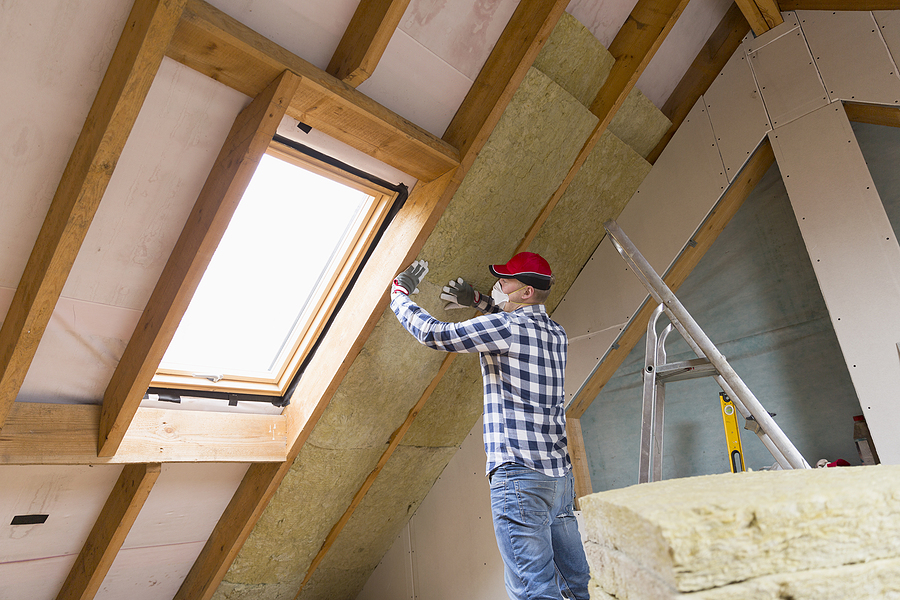
As winter sets in here in New England, homeowners across Connecticut make warm, well-heated homes their priority. However, many are paying little attention to the often-overlooked space above them—the attic. Understanding the importance of maintaining a chilly attic environment can save you from the costly consequences of ice dams.
Here’s why the air in an attic matters and the common venting options available.
The Ice Dam Dilemma
Ice dams form when warm air from living spaces below rises into the attic. This causes the roof’s surface to warm up and when it meets the freezing outdoor air, snow on the roof melts and then refreezes at the roof’s edge. This is what creates a dam of ice. This process can lead to water seepage into the home, causing damage to ceilings, walls, and insulation.
Attic Temperature Control
During winter, it’s advisable to maintain the attic temperature close to the outside temperature, even if the interior of the home is comfortably warm. This helps prevent the conditions conducive to ice dam formation. Proper attic ventilation is crucial in achieving this balance.
Common Venting Options
- Ridge Vents:
- Installed along the peak of the roof, ridge vents allow warm air to escape from the attic. This passive venting system promotes a continuous flow of air, maintaining a balanced temperature.
- Soffit Vents:
- Positioned along the underside of the roof overhangs, soffit vents facilitate the intake of cool outdoor air. When combined with ridge vents, they establish an effective ventilation pathway.
- Gable Vents:
- Placed on the gable ends of the attic, these vents promote air circulation by allowing warm air to escape. They work well in conjunction with other venting options.
- Roof Louvers:
- Installed on the roof surface, these vents provide an additional exit point for warm air. They come in various styles, such as static or power vents, offering flexibility based on attic needs.
Ensuring Effectiveness
Regularly inspect and maintain your chosen venting system to ensure optimal performance. Clear debris, such as leaves or snow, and repair any damage to preserve the efficiency of the ventilation setup.
By adopting proper venting options and maintaining a balanced attic temperature, you can safeguard your home from the damaging effects of ice dams.
